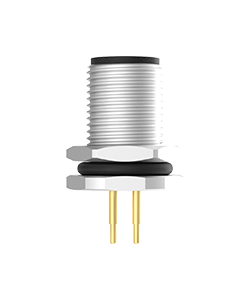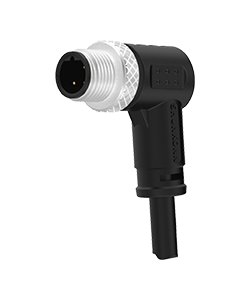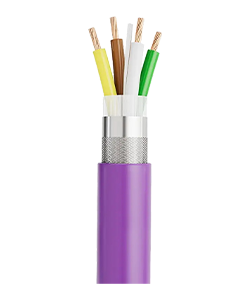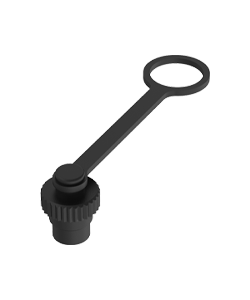Fieldbus cabling Guide
With the arrival of Industry 4.0, intelligence, digitalization and networking have become the inevitable trend of modern industrial development. As an important part of realizing this goal, fieldbus technology is becoming more and more important.
What is a fieldbus?
A Fieldbus is a digital, bidirectional, multipoint communication network for industrial automation that connects field devices such as sensors, actuators, and controllers to a central control system. Compared with the traditional analog signal transmission mode, fieldbus has significant advantages, including real-time, multi-point communication ability and intelligence. These characteristics make fieldbus the cornerstone of modern industrial control system.
The importance of fieldbus wiring
In the field bus system, the correct wiring not only affects the quality of data transmission, but also directly affects the stability and reliability of the system. Poor wiring may lead to signal interference, data loss and even system paralysis, so a scientific and reasonable wiring scheme is crucial to ensure the normal operation of the fieldbus system.
1. Select an appropriate cable type
Choosing the right cable type according to the specific application scenario is the key to ensure the performance of the fieldbus. For example, in high temperature environments, silicone rubber or fluoroplastics may be a better choice; Under ordinary conditions, PVC (polyvinyl chloride) is enough to meet demand. In addition, for occasions that require shielding, cables with metal foil wrap or braided mesh coverage should be selected to enhance anti-interference ability.
2. Follow the cable path planning rules
In the field bus routing, the first need to determine a reasonable routing path. This step is essential to avoid electromagnetic interference (EMI). Avoid laying fieldbus cables parallel to high-voltage power cables to reduce the impact of noise. In addition, the wiring path should be as short as possible to reduce signal attenuation and improve the anti-interference ability of the system.
3. The importance of terminal resistance
In fieldbus network, the role of terminal resistance can not be ignored. It can effectively prevent signal reflection, so as to ensure the quality of data transmission. Under normal circumstances, the resistance value of the terminal resistance should match the characteristic impedance of the cable, generally 100 ohms or 120 ohms. Correct terminal processing can significantly improve the signal quality, reduce the bit error rate, and improve the stability of the system.
4. Comply with wiring specifications
Following the wiring specifications provided by the manufacturer is the basis for ensuring the proper operation of the fieldbus. These specifications usually cover the selection of cables, the design of wiring paths, and the production of joints. For example, some specifications may require that the bending radius of a cable be no less than a certain multiple of its outer diameter to avoid physical damage to the cable. Strict compliance with wiring specifications can help engineers avoid common wiring errors and ensure the long-term stable operation of the system.
How to choose a suitable fieldbus routing scheme?
According to different application scenarios and technical requirements, it is very important to choose a suitable fieldbus routing scheme. Here are some key considerations:
1. Define functional requirements
Data transmission rate: Select the routing scheme that supports the corresponding protocol according to the required bandwidth.
Power transmission: If you need to transfer power and data at the same time, consider using a hybrid cable.
2. Assess your work environment
Protection level: Select cabling materials that meet IP requirements based on the device operating environment.
Temperature range: Ensure that the selected cable can operate properly within the expected operating temperature range.
3. Check physical size limits
Installation space: Select the right diameter and length of cable to suit the equipment layout.
4. Check compatibility with interface standards
Protocol support: Ensure that the chosen routing scheme supports the target system's fieldbus protocol
As an important part of modern industrial automation, the importance of fieldbus wiring is self-evident. Both experienced engineers and beginners who are new to the field can benefit from the guidance provided in this article. Through reasonable selection and application of fieldbus routing technology, you can build a more efficient, reliable and economical industrial communication system. If you are looking for a solution that can meet the challenges of the future, then the correct fieldbus cabling will undoubtedly be a wise choice for you. Let's work together for a smarter, more connected industrial world!












